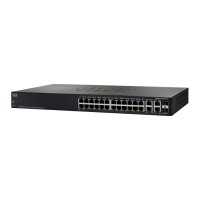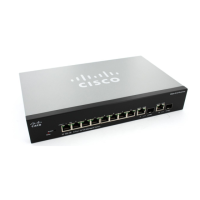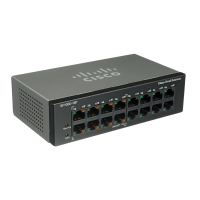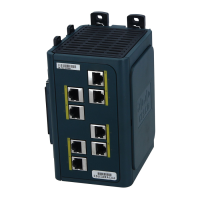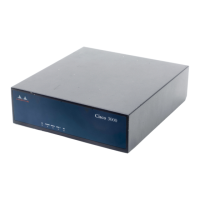SNMP
Notification Recipients
Cisco Small Business 200, 300 and 500 Series Managed Switch Administration Guide (Internal Version) 538
26
Defining SNMPv3 Notification Recipients
To define a recipient in SNMPv3:
STEP 1 Click SNMP > Notification Recipients SNMPv3.
This page displays recipients for SNMPv3.
• Informs IPv4 Source Interface—Select the source interface whose IPv4
address will be used as the source IPv4 address in inform messages for
communication with IPv4 SNMP servers.
• Traps IPv4 Source Interface—Select the source interface whose IPv6
address will be used as the source IPv6 address in trap messages for
communication with IPv6 SNMP servers.
• Informs IPv6 Source Interface—Select the source interface whose IPv4
address will be used as the source IPv4 address in inform messages for
communication with IPv4 SNMP servers.
• Traps IPv6 Source Interface—Select the source interface whose IPv6
address will be used as the source IPv6 address in trap messages for
communication with IPv6 SNMP servers.
STEP 2 Click Add.
STEP 3 Enter the parameters.
• Server Definition—Select whether to specify the remote log server by IP
address or name.
• IP Version—Select either IPv4 or IPv6.
• IPv6 Address Type—Select the IPv6 address type (if IPv6 is used). The
options are:
- Link Local—The IPv6 address uniquely identifies hosts on a single
network link. A link local address has a prefix of FE80, is not routable, and
can be used for communication only on the local network. Only one link
local address is supported. If a link local address exists on the interface,
this entry replaces the address in the configuration.
- Global—The IPv6 address is a global Unicast IPV6 type that is visible and
reachable from other networks.
• Link Local Interface—Select the link local interface (if IPv6 Address Type
Link Local is selected) from the pull-down list.
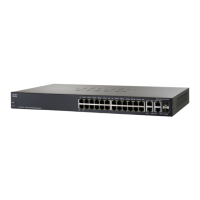
